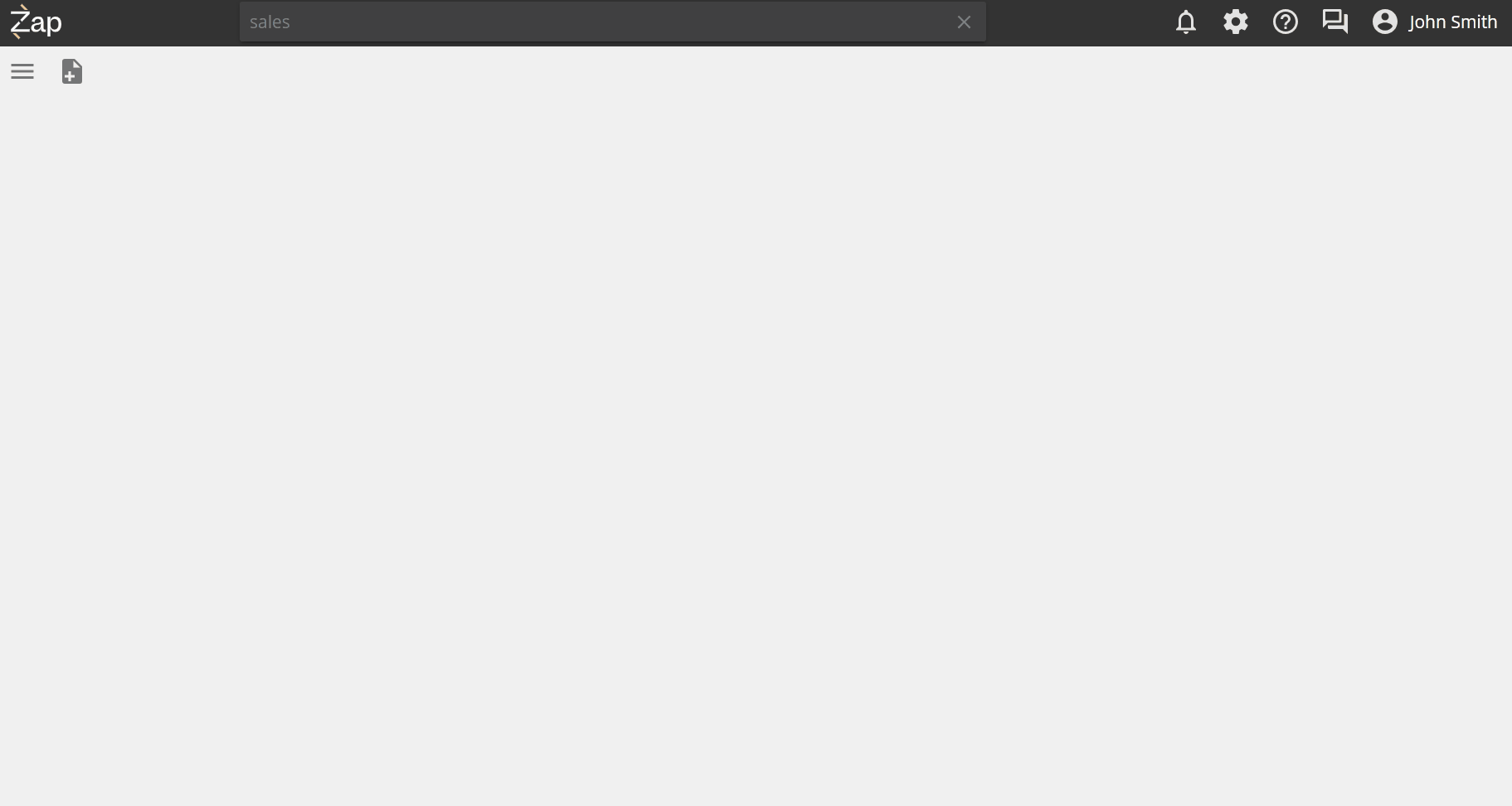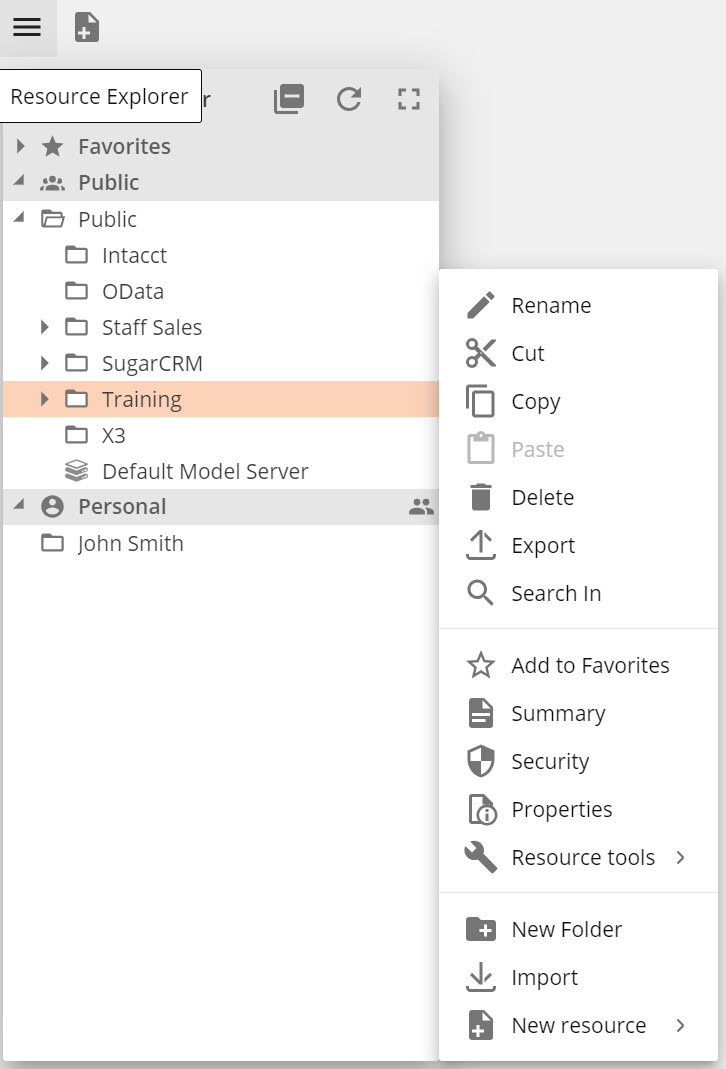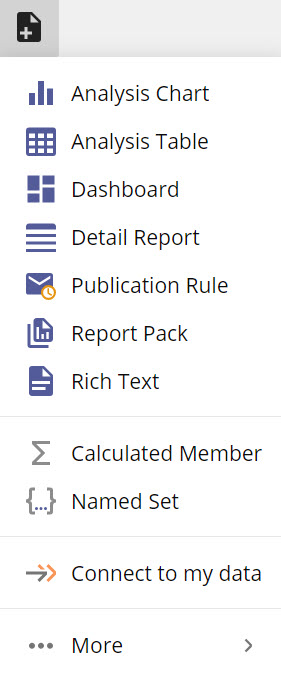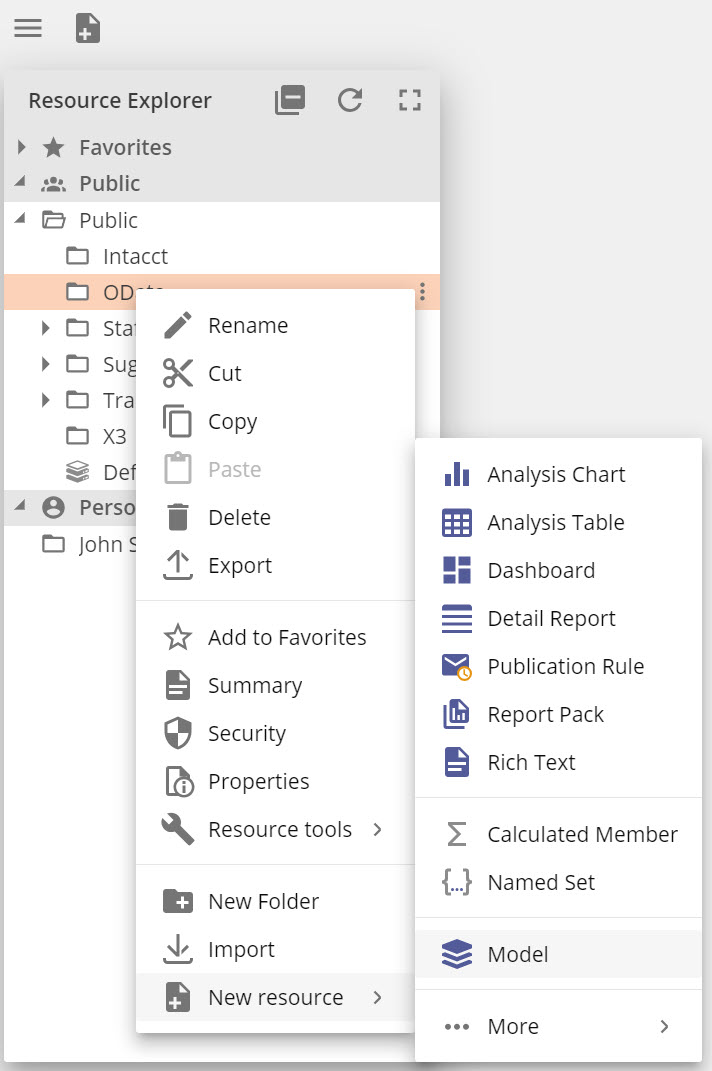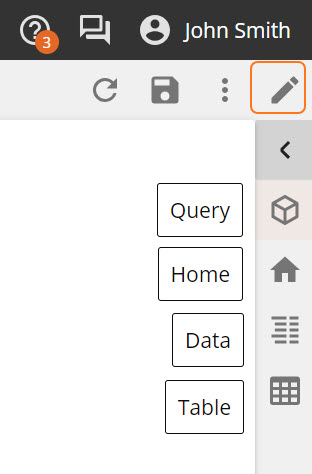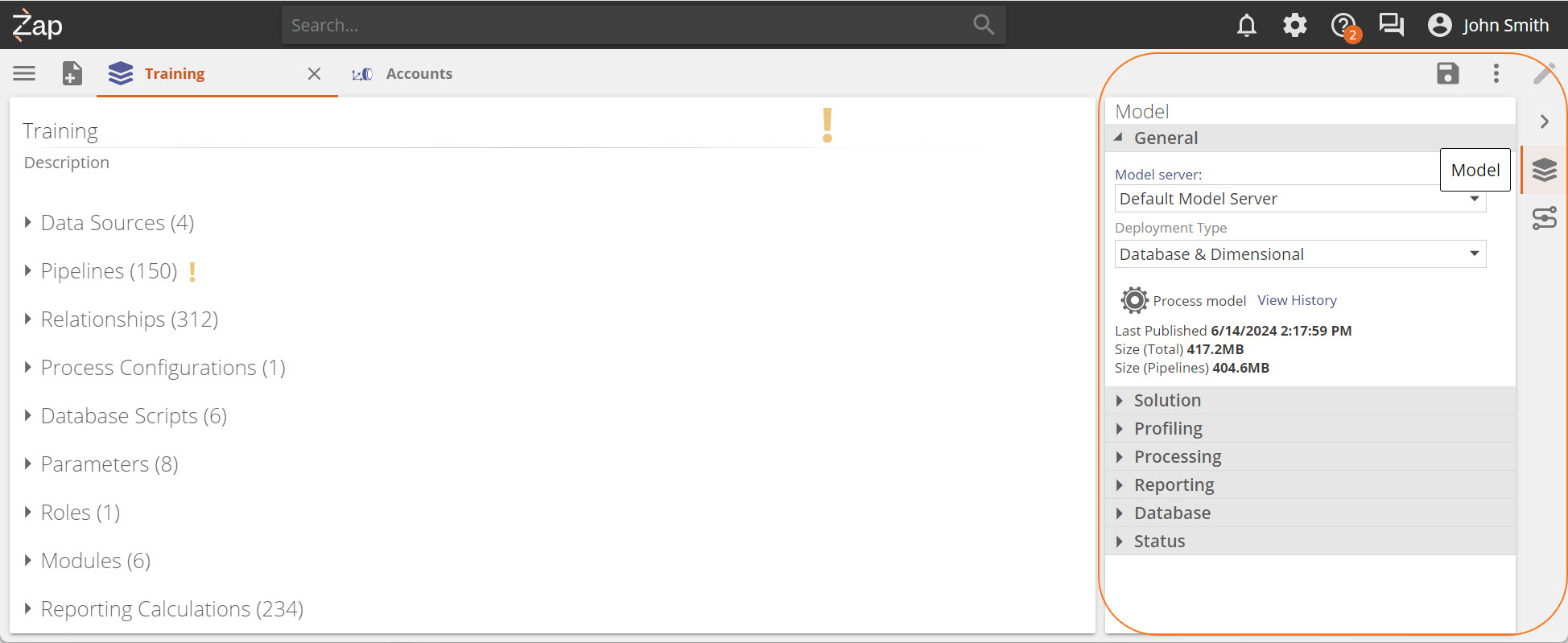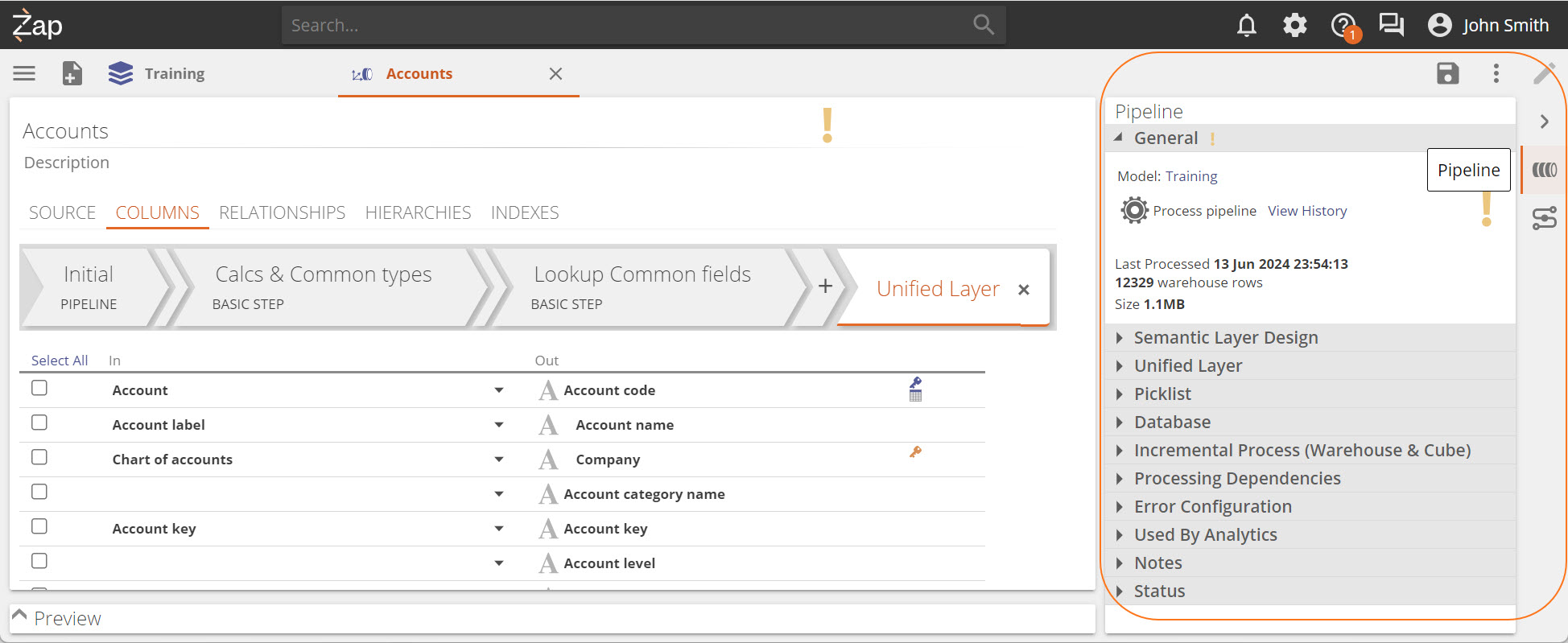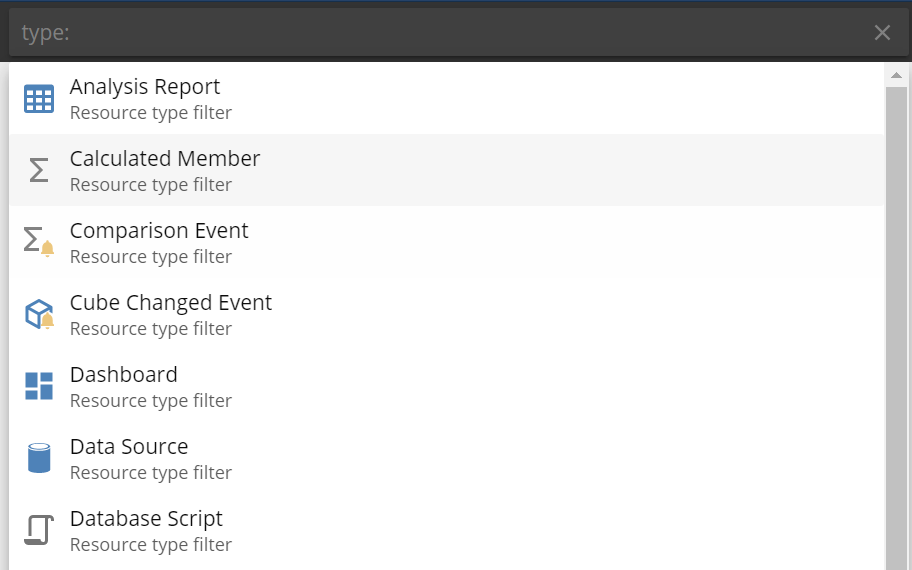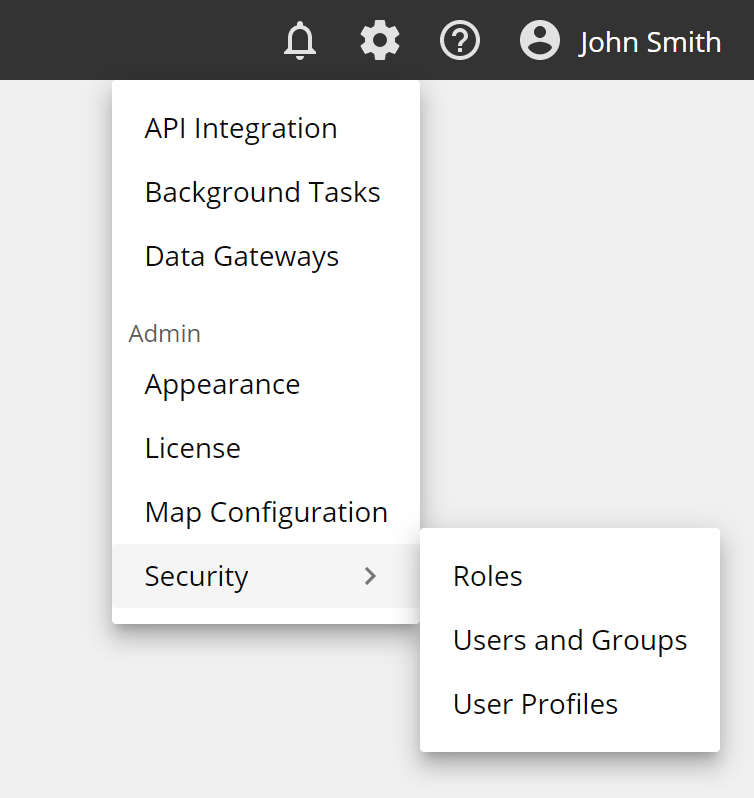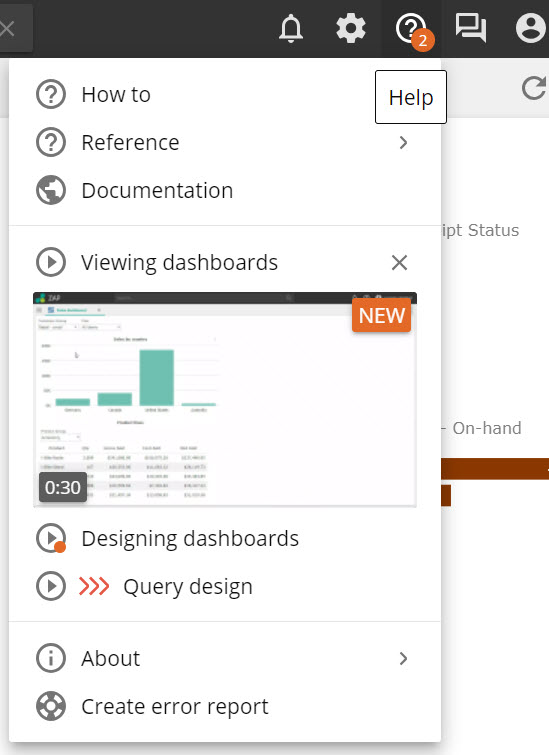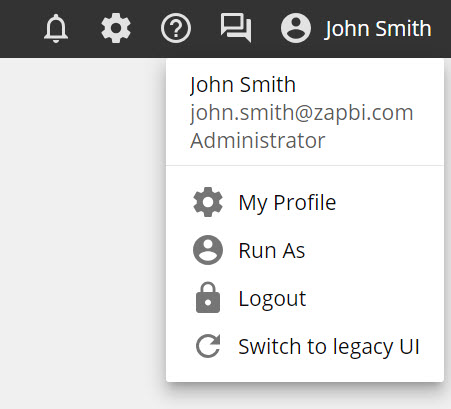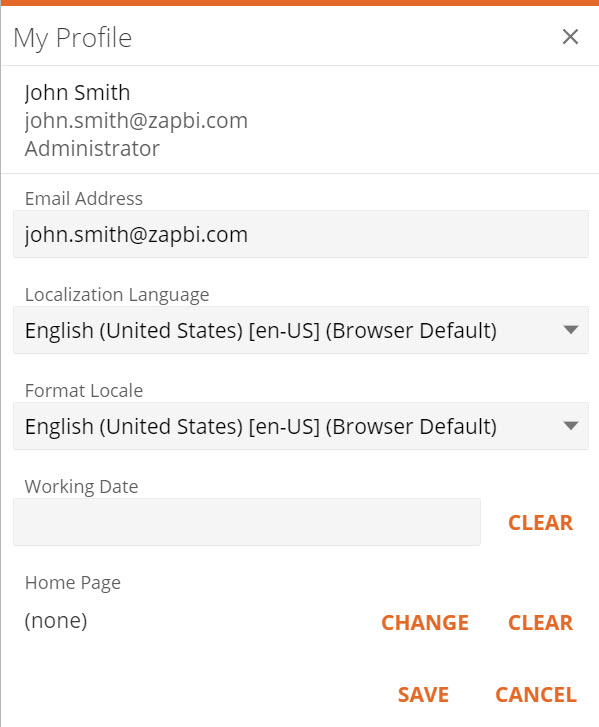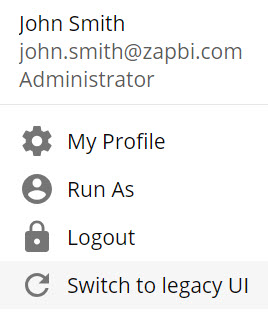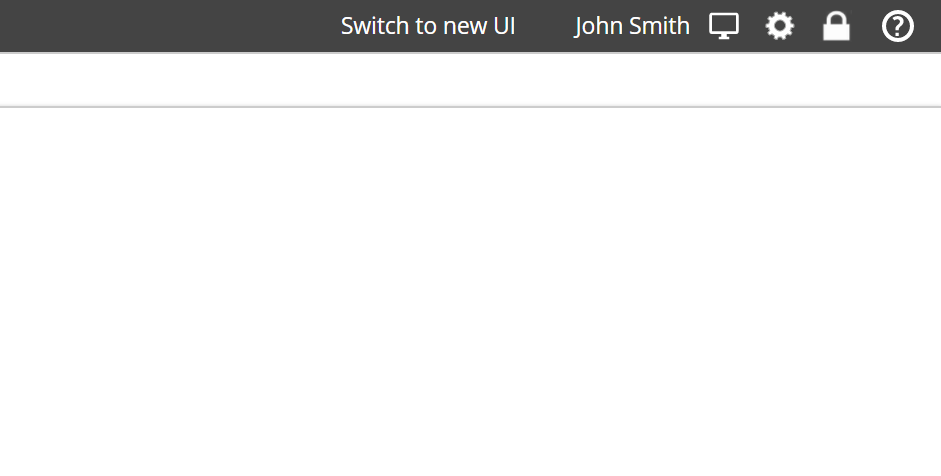Data Hub 10.0 on-premises release notes
Data Hub v10
Released July 2021
What's new in this release
This release includes several new features and enhancements and some defect resolutions.
Reporting
The following changes have been made to the reporting functions in Data Hub.
Waterfall chart type
The waterfall, also known as a bridge or cascade chart, portrays how an initial value is affected by a series of intermediate positive or negative values. Usually, the initial and the final values (endpoints) are represented by whole columns. In contrast, the intermediate values are shown as floating columns that begin based on the value of the previous column. The columns can be color-coded to distinguish between positive and negative values.
Create a waterfall chart
Click New resource > Chart.
Select the cube details and click OK.
Click Chart Type and select either Column Waterfall (vertical axis) or Bar Waterfall (horizontal axis).
Drag measures to the Series and Bars placeholders.
Note
There are three color codes on the chart: Green indicates an increase. Red indicates a decrease. Blue indicates the total.
Click Save.
Select a location to save to, name the chart and click OK.
Changes to User Profile Views
Some time ago we introduced the Viewer profile so users who do not need to perform any other functions can simply view reports. With v10, we have now merged the Viewer and Consumer profiles providing improved security, easier less confusion.
Simplifying Time Functions
We have made some changes to the Time functions that will simplify their use.
We:
Removed Last Complete and Most Recent Period folders and their functions from inside Current Period.
Renamed Relative Time to Time Functions.
Moved Context Period to the main menu.
Renamed Prior Period to Parallel Period.
Removed Parallel Period function from the four existing functions and instead added a Lag.
Moved Full Period folder functions to the main menu.
Removed all <> Full (value) functions.
Removed "Member" from the end of four existing (member) functions.
Moved all existing functions to a new Utility folder, except:
Last Complete Period(s) - this has been removed.
Most Recent Periods(s) - this has been removed.
Period to Date members - this has been removed.
Period on Period Grown - keep, but it should have a Formula field for consistency.
Modeling
The following changes have been made to the modeling functions in Data Hub.
Cancel Preview queries
To run a query in the preview pane, you click the Execute button, however, if you wish to cancel the query, it was not previously obvious how to perform this.
In this update, once you have clicked Execute, the button text will now change to Cancel so it is clear that this cancels the query.
Process offline data sources without testing the connection
For users who have multiple data sources, clicking the Test Connection button sometimes encountered an offline data source which prevented the data modeling process from completing.
This issue has been corrected by allowing the data model process to ignore any offline data sources and complete the process.
Business Central data source - source filtering support
We have added support for OData filtering (timestamp for incremental loading and also custom date columns, for only migrating 2 years) for our Business Central cloud data source.
Optional only process sequentially
Users now have the ability to force sequential processing on multidimensional cubes (instead of parallel processing) by clicking Force Sequential.
Pipeline performance improvements
We have made some improvements in the background that enable faster processing of pipelines.
Gateway improvements
In previous versions of Data hub, whenever gateway updates became available, customers were required to download the new gateway installer and rerun it on the source server. From v10 we have improved this experience by enabling the gateway to update itself. Once a new update is available, it will automatically update the gateway the next time it is used, e.g. when a model's connection is tested. In order for the new v10 gateway update to function, it requires Microsoft .Net Framework 4.8. This does require a once off manual installation on the gateway host.
Licensing changes in v10
Our back-end licensing service was upgraded to a platform that better serves our cloud and on-premise customers, and in addition accelerate our provision process. This is a transparent change to our customers.
From v10, we will now license two main types of users namely: Designers and Consumers. This change will better reflect ZAP's subscription plans and reduce confusion.
Administrators will still be treated as elevated Designer licenses.
Viewers were introduced to simplify accessing analytics without requiring users to be added. Although helpful, it also caused confusion. Viewers are deprecated from v10, but Zap is replacing the viewer users with Consumer users.
We recommend that you use Active Directory Groups in ZAP to avoid manually adding many users within your organization.
Anonymous Analytics access was tied to the viewer license and is also deprecated.
For more detailed information about these License changes refer to ZAP data Hub v10 Licensing Changes
Additional release information
Note
Accessing Knowledge Base articles may require that you log in to the Data Hub Support website.
Corrected defects
This Knowledge Base article provides a notable subset of the defect resolutions.
Upgrade instructions
For instructions on upgrading Data Hub, see: Upgrading an Existing Data Hub Installation.
